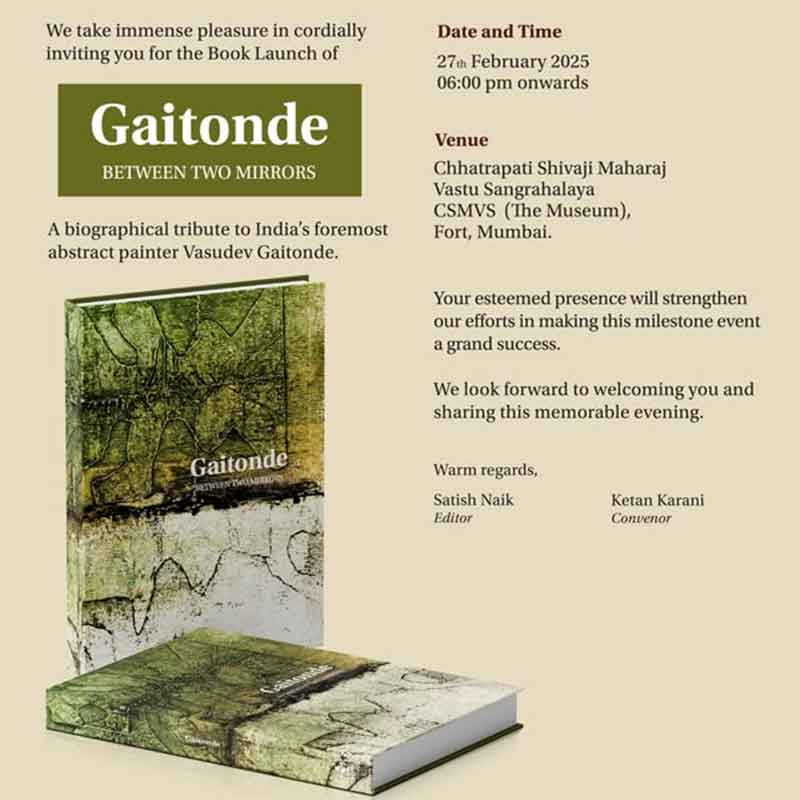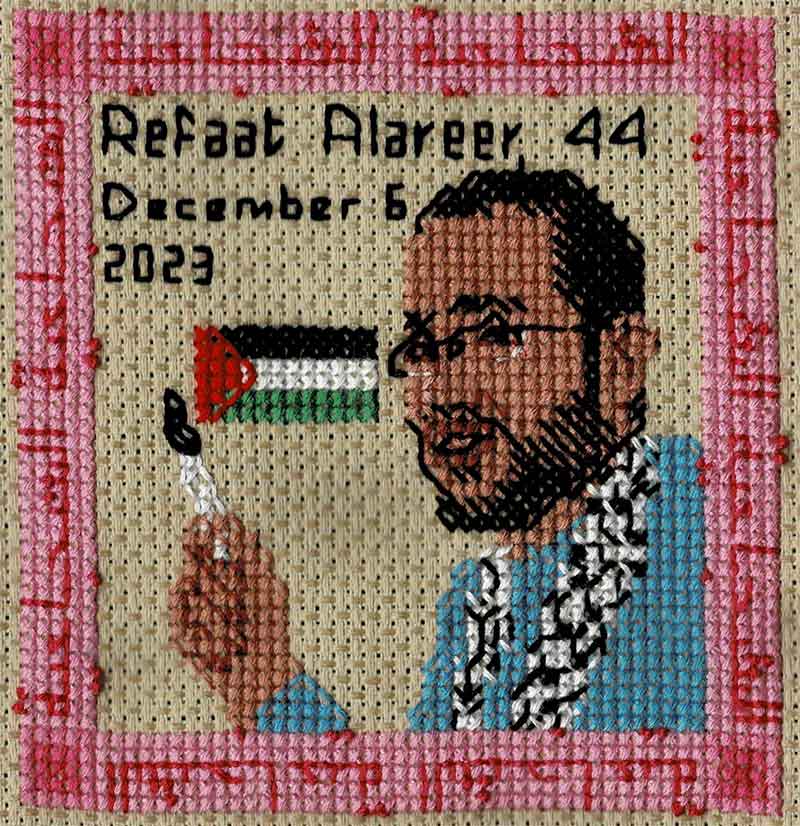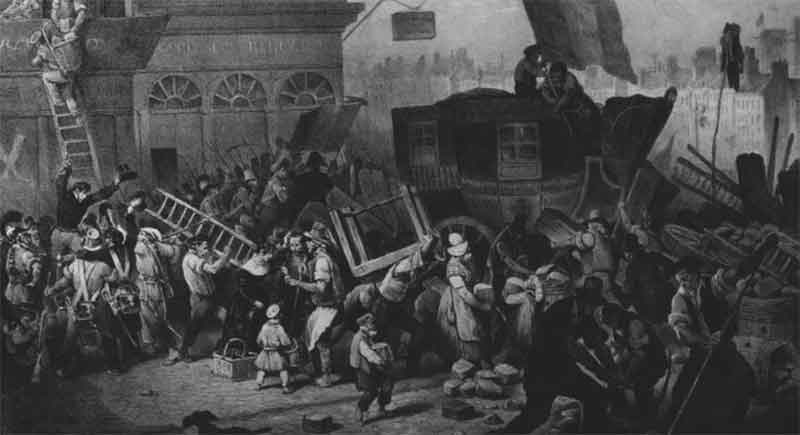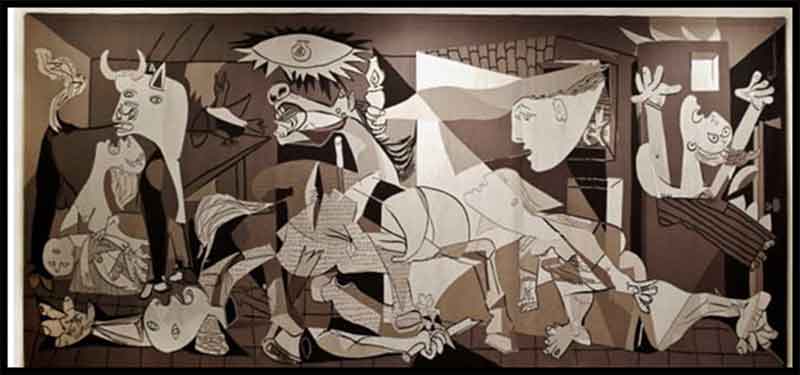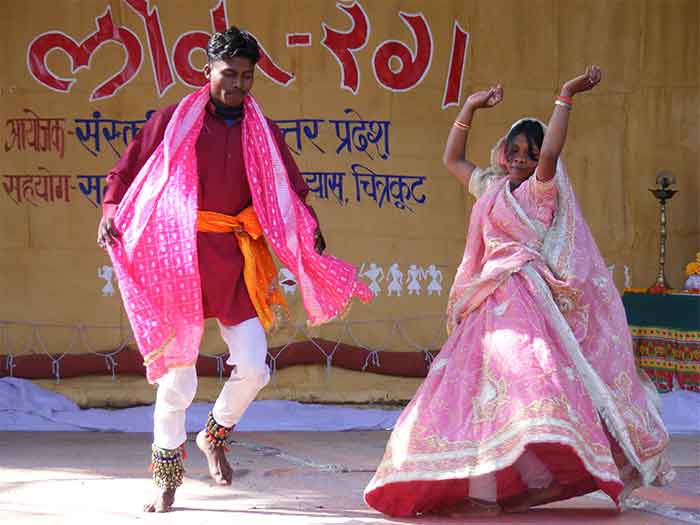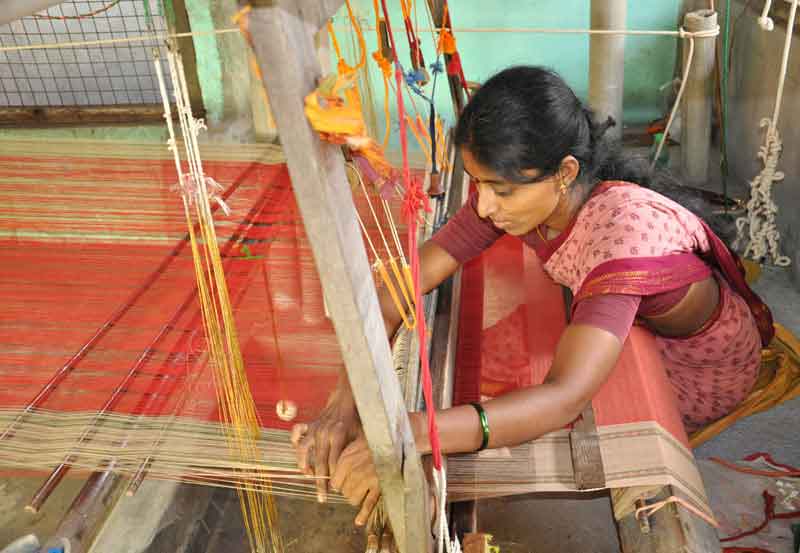
Craft ‘revivalism’ specially after India’s independence began with hands-on efforts by many stalwarts, especially women, such as Pupul Jaykar. Annapurna Garimella in her lecture reiterates how Pupul Jaykar worked in reviving Sanganeri sari, when she founded Weavers’ Service Centre. As she was a dear friend and close confidant of Lt. Smt. Indira Gandhi, she chose sarees for prime minister, and Indira Gandhi “represented country through the sarees she wore” (Garimella 2024).
Revitalisation of community craft-art is sort of a movement that needs constant efforts by larger society in general but women in particular. Community art practices, for me includes craft, hand-work, local or regional handloom practices, have largely remained, for the longest time, a gendered or patriarchal creative space. Women has contributed on several vital stages of the making of the craft but not being recognised as ‘women artisan’ and rarely are the women who have been able to carve out their individual spaces within such crafts. I am an independent researcher currently, working on a community art of block printing in two very small towns of Sanganer and Bagru and this journey has been quite overwhelming. Through various videos online and limited interaction with the artisan on ground I have noted one thing that ‘women’s work’ is very limited to certain stages of the craft ‘production’ in their familial ‘factory’ units. As many ‘artisans’ have been interviewed by documentary makers, NGOS or even research scholars, large chunk of them are men.
Suman Pandey (2019) in her article has written about socio-economic conditions of women in Bagru block printing of Rajasthan where she does mention in passing that women are the actual repositories of knowledge of natural dye making in these artisanal families. Judy Frater, founder of Somaiya Kala Vidya, mention in her seminal piece titled- ‘Gender, Value, creativity and the marketplace’ that Khatri women “assisted’’ the artisans and were involved in initial steps of the craft in Kutch region of Gujrat. But she also mentions how in case of embroidery, patchwork and applique, women took the centre stage in terms of expressing their identities (Frater 2024). Women used to embroider clothes for different occasions- for their own use after marriage, as part of the dowry and also in form of some presents for their family members. They embroidered not to earn money or gain financial support but was entirely a way of expressing oneself while innovating in designs in every possible way. Frater also writes how Kachhi Rabari women also had a ‘‘peer-review’’ ‘‘a main driver of innovation’’. Similarly, in Jaislamer, Rajasthan “Mukke” art which is a kind of embroidery art practiced by muslim women of the region, they embroider pieces that has to be given away in dowry to their daughters, while their daughters seated along with them as trainees. They embroider bodices or yokes (kanchli), small bags, sometimes rugs as well, that a bride needs after marriage (Mathur 2019). They also don’t make the embroidered piece for buyers and they also have a similar peer-review system as mentioned by Judy Frater.
The art such as that of Phulkari, are among those where women took the centre stage. Women sit in groups outside their homes in Punjab to make artistic pieces of Phulkari. Apart from the self-expression through this craft, it has also provided them great financial support as well and a way forward for their younger generation to take it forward.
This also brings us to really inspiring efforts by the eminent Laila Tyabji. I once got an opportunity to attend one of the seminars- ‘Art Matters featuring art as social action in conversation with Laila Tyabji, Yashadatta Alone, Gauhar Raza and Ravi Agarwal’, where she shared her experience of working in Ranthambore, Rajasthan. There she began with collecting small pieces made by women such as toys, cushions, baskets etc and selling those in Delhi successfully. Because of her constant engagement with these women, they could successfully attain financial security and now is group of more than 300 women.
Similarly, designers and artists such as Latha Tummuru, Archana Shah, Rucha Kulkarni, through their very unconventional ways, carved out a path for the women of several communities to have voices of their own through art-craft. I want to emphasise a bit on Rucha Kulkarni’s work. She began working with a group of women in Pune, Maharashtra, who belonged to economically unprivileged backgrounds and marginalized castes. Based in such vulnerable social background, financial independence was a rare possibility for them. But these women master the art of ‘Godhadi’ (quilt) making and Rucha along with these women initiated a project- ‘Quilt Culture’ with the intent of “creating employment for these women by retaining the traditional art of quilting. These women are running this business successfully, with full ownership for more than two years now” (ruchakc.org). Such efforts revitalise dying arts or help in recognition of lesser-known art and even those that are not even considered being a craft, especially those done within the four walls of the house and also those that are being made with the intent of reusing certain worn-out materials.
Subscribe to Our Newsletter
Get the latest CounterCurrents updates delivered straight to your inbox.
All I wanted to underline through this reiteration, recollection, re-thinking of these craft practices, communities involved in it and the place women have in such societies is that ‘women-artisans’ are very much there but couldn’t garner recognition within generational craft for instance in Sanganeri and Bagru Hand-block printing or in societies where crafts of women are not even seen as of having any particular importance. This needs great exploration and I would like to pose again one question which I have posed in another paper of mine is that we need to re-think what ‘qualifies’ or does not ‘qualify’ as art and also a ‘craft’? I intentionally didn’t talk about the whole discourse of women’s work, labour, or wage literature in this context (women are considered as helping hands in many traditional art practices) because here it is more about how should we create more narratives of, by and for the women artisans or artists in general, the latter (about women artists and their work) is already a debate in the circles of art and art history. Will end this chain of thought with some lines of a recent sensation- a song, re-sung by Ila Arun along with very talented Manganiyar singers, emphasising how craft, here charkha, helped women win over their financial burdens and therefore showing resilience of women in times of serious distress-
“ओ बला रे, ओ बला रे, भूमर चरखा भू म्हारे घर जियो मालिक तू म्हारी नथड़ी रो मोती तू बला, जियो रे बला रे भू ओ बला…
चरखे री कमाई हो अजी चरखे री कमाई मे मैं तो नन्दल ने परणाई नन्दल ने परणाई मैं तो हिवड़े हार गवाई बला रे, बला रे औ बला रे भूमर चरखा भू म्हारे घर जियो मालिक तू म्हारी नथड़ी रो मोती तू बला, भूमर चरखा भू…”
- Excerpt from the song- ‘Charkha’.
References-
Frater, J. 2024 ‘‘Gender, value, creativity and the marketplace”. South Asian History and
Culture. Vol. 15(1). 27-47. DOI: 10. 1080/19472498.2023.2298619.
Garimella, A. 2024. “Lecture 6: Crafting the nation after 1947: The School, The Museum, the
Government in a short course: A History of Indian Craft:1850s to Present. MAP Academy and the A.R.T. March, 1 2024.
Mathur, P. 2019. “An Ethnographic Case Study of Textile Tradition of Rajasthan: An Untold
Story of Muslim Women at Trans-Boundary Areas”. Journal of Emerging Technology and Innovative Research. Vol. 6(6). 544-552. http://www.jetir.org/papers/JETIR1906K65.pdf.
Pandey, S. 2019. “Participation and The Social-Economical Status of Women Artisan: Special
Reference to Hand Block Printing of Bagru, Rajasthan”. IOSR Journal of Humanities and Social Science (IOSR-JHSS) Vol. 24(1). e-ISSN: 2279-0837.
Webpage-
Kulkarni, R. “Rucha Kulkarni”. URL: https://ruchakc.weebly.com/.
Tamanna Joshi is an independent researcher and student of a Post Graduate Diploma titled – Folklore and Culture Studies provided by Indra Gandhi National Open University (IGNOU), Delhi, India.

